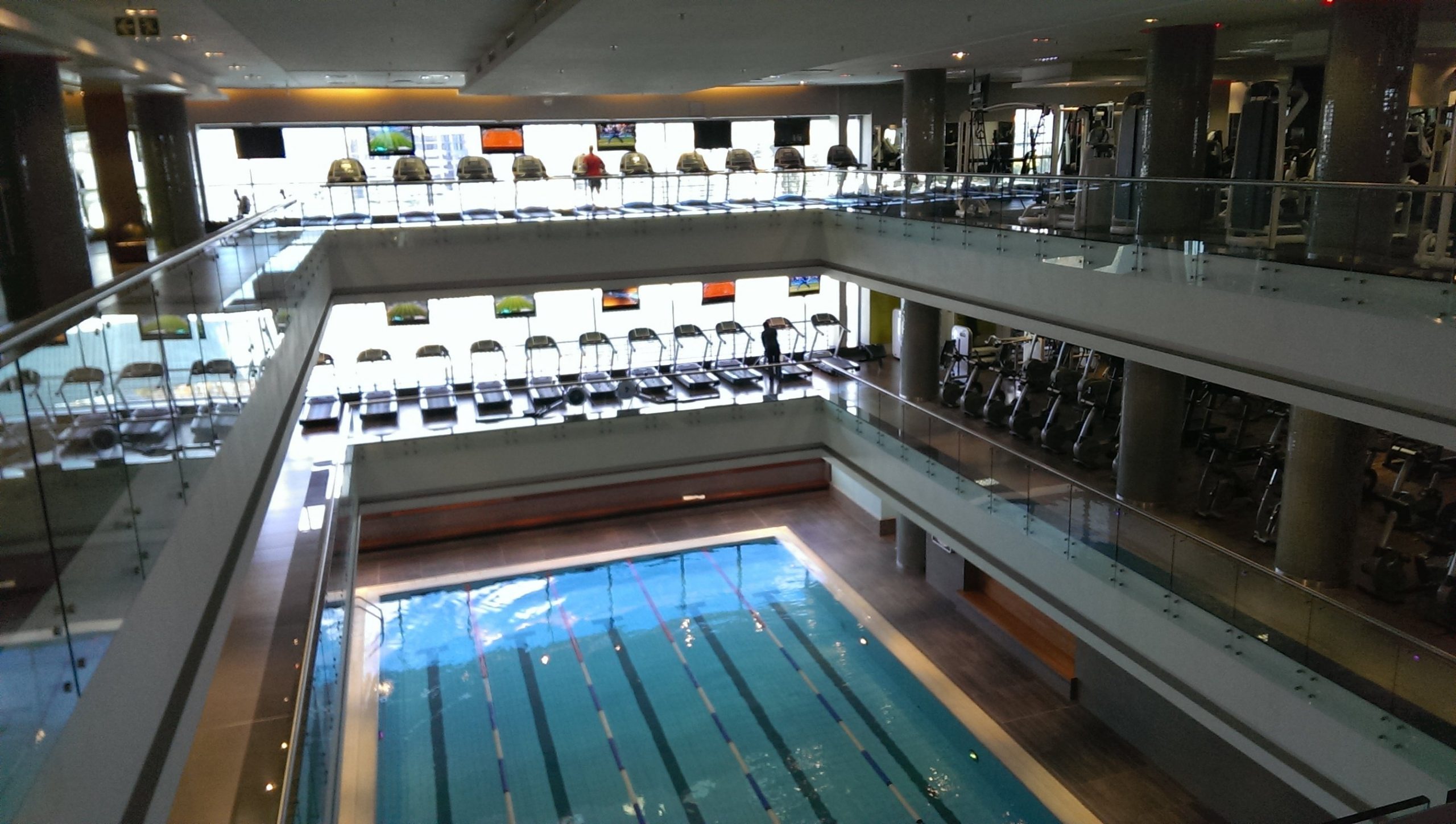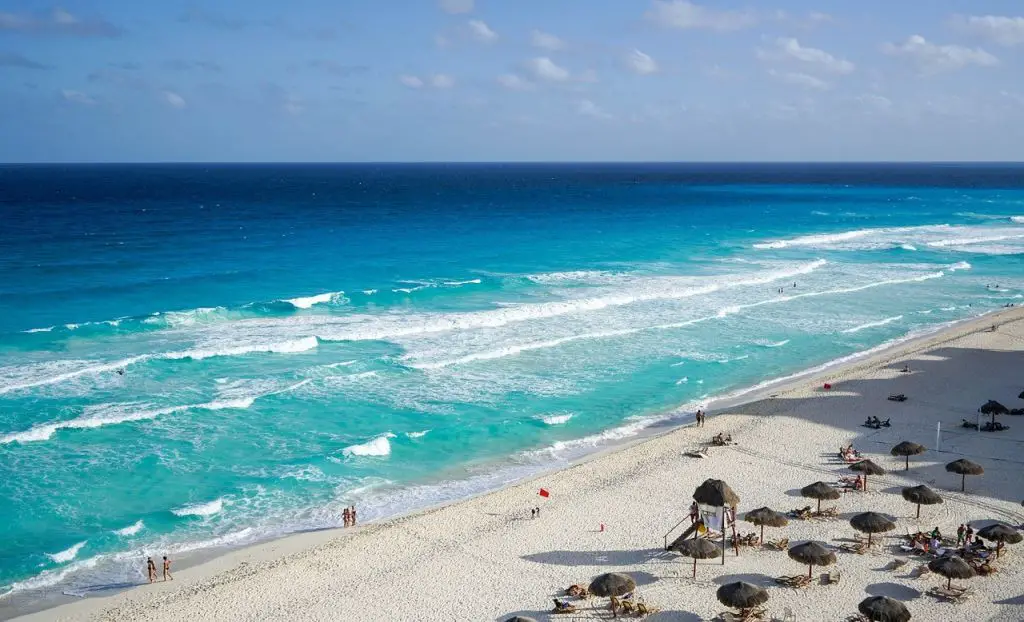Homeschooling parents have a huge responsibility, as they need to ensure their children are well-versed not only in basic subjects (like math and literature) but also in more complex things like science. Let’s agree, the best way to make sure that a school student remembers the material is to conduct a practical experiment.
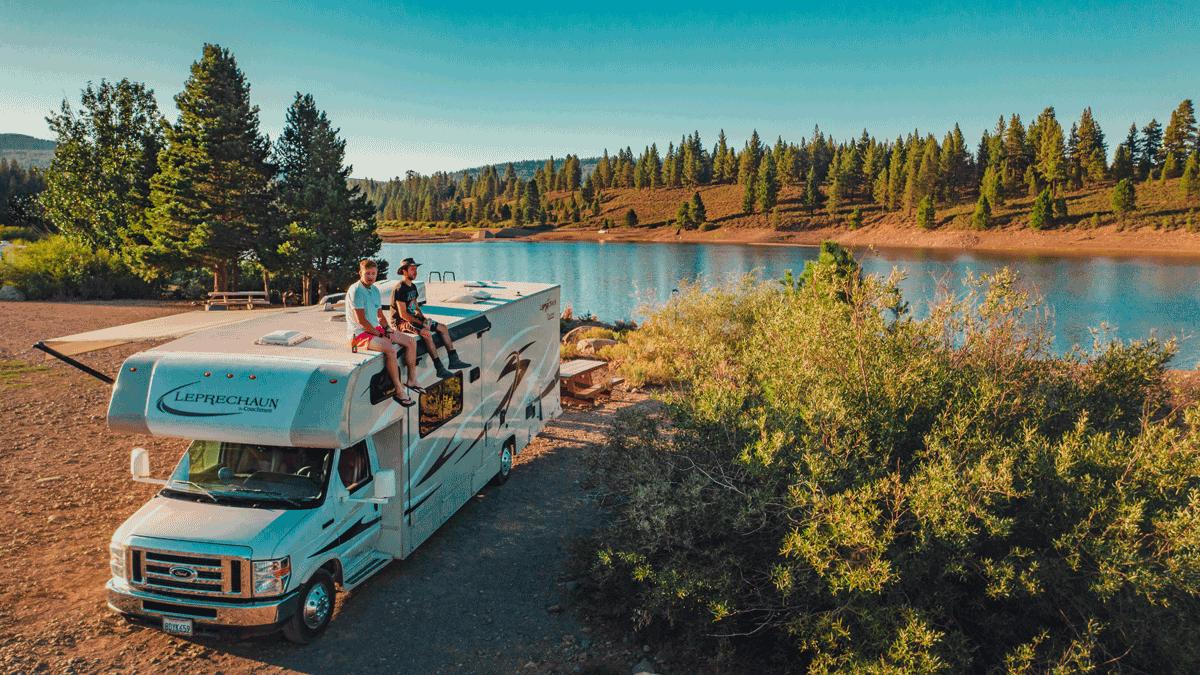
Of course, if you travel all the time, this can be problematic. That’s why we’ve chosen the most useful and easy-to-do experiments. You definitely won’t need a lot of materials for them.
However, here’s a little piece of advice before we begin. If your school load is growing every day and you simply can’t write my discussion post on time, rely on outsourcing. This is what essay writing services are meant to be used for. You can quickly find a qualified writer who will help you meet all your deadlines. No doubt, prioritizing tasks is the secret to great academic performance.
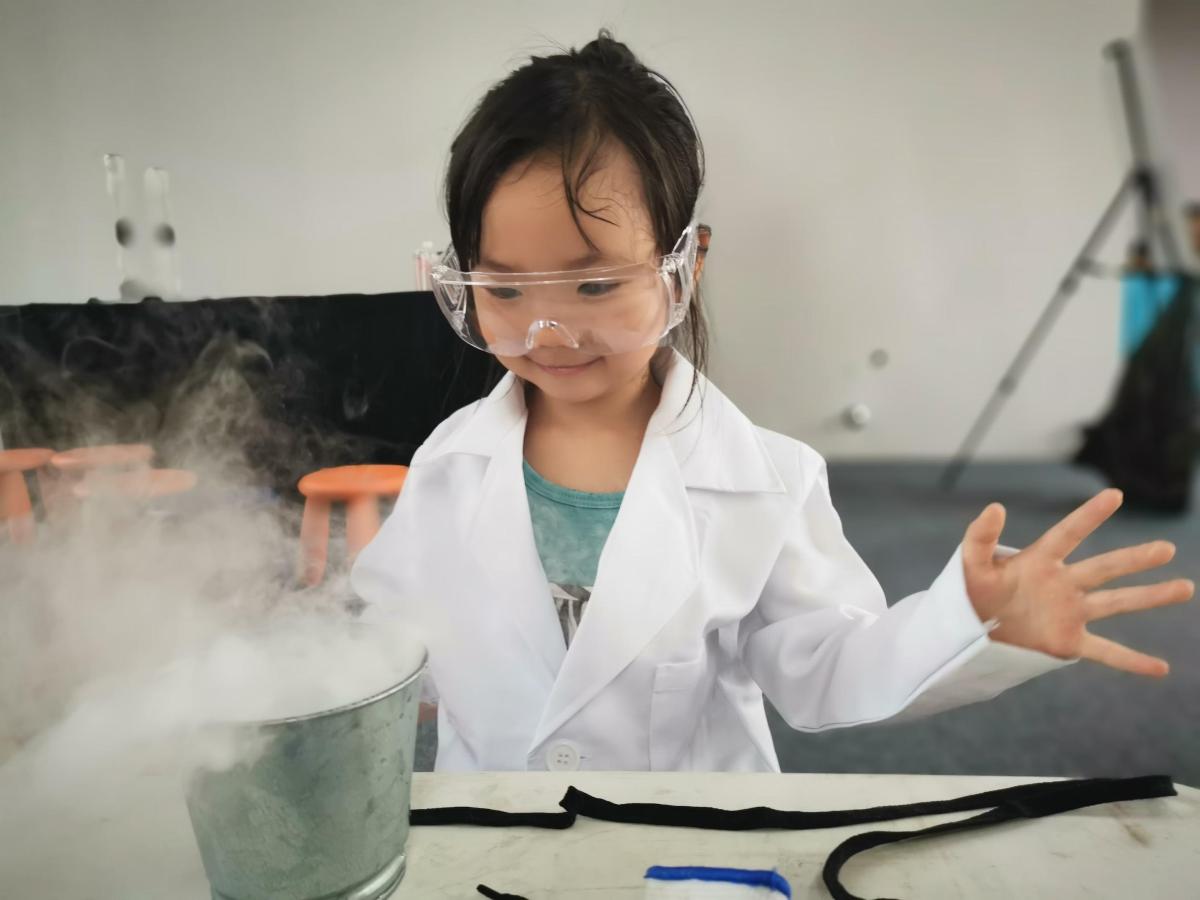
Get A Coin Out Of Water Without Wetting Your Hands
Place the coin on a plate and add some water. The point is to get it out without touching the water. Place the candle in the center of the plate and cover it with a glass a few minutes later. The fire will go out quickly, and the water will rise up the inverted vessel, revealing the coin.
Why is this happening? When the candle went out, the hot air began to cool and decrease in volume. The pressure inside the glass began to drop rapidly, and water from the plate filled the empty space. Isn’t it one of the greatest homeschool science experiments ever?
Put Weights On Eggshells
Carefully break the chicken egg into two parts. The shell of a chicken egg is very fragile. For instance, once you put any weight on it (a book, etc.), it will break immediately. But place the four halves of the shell as legs, cover them with plastic, and then lower the same book onto them. Now, the shell is able to support its weight. You can even put extra weight on the book to see how strong the structure is.
Why is this happening? The strength of the structure depends not only on the material but also on its shape. The shape of reassembling a dome distributes the weight over the shell and increases its load-carrying capacity several times.
See How The Water Doesn’t Spill Out Of Holes
Pour water into a plastic bottle and close the lid. Using a pin, make one or more holes in the bottle. Of course, water will immediately flow out of the holes. But after a couple of seconds, it will stop and won’t flow out until you open the lid again.
Why is this happening? The point of these homeschool science experiments is to show that water remains in a bottle with holes due to surface tension. The moment you open the lid, the contents of the vessel begin to displace atmospheric pressure from above. Since the tension force isn’t enough, the water pours out. Thus, knowing the physics of this trick, you can use the lid to regulate the water flow.
Make The Liquid Flow Up
Pour water into one glass and oil into the other. Place the cutout piece of cardboard on a glass of water and turn it over. The cardboard will seem to stick to the glass and won’t fall down. Place a glass of water (neck to neck) on a glass of oil. Then, slide the cardboard, creating a small gap between the two vessels. After this, the oil will “flow” upward, and the water will begin to move into the lower glass.
Why is this happening? Oil is lighter than water, so it will flow upward until it completely displaces the latter. Perhaps this method is one of the most popular homeschool science experiments ever.
Turn The Water Into Ice
Place a bottle of water in the freezer for an hour and a half in a horizontal position. Then, carefully remove it from the refrigerator, shake it, or place it on the table with a sharp movement. Chilled water will instantly turn into ice.
Why is this happening? At first, the water lacked a crystallization center. But after shaking, the ice crystals connect with each other, and the water freezes instantly.
Make A Paper Bridge
Another idea related to homeschooling science experiments. Build two small towers from books. Place two sheets of paper on top, connecting them like a bridge. Surely, this bridge won’t be very strong – any load will push it down. But a paper bridge can be much stronger. Fold the same sheets like an accordion and place them again between the books. Now, the bridge can support one more book on top.
Why is this happening? The structure has become stronger thanks to the “stiffener,” a technology that is used in real construction. The width of the support has increased, just like the load capacity of a paper bridge.
Study How Balance Works
Take a wine cork and stick forks into it on both sides. Insert a toothpick or needle into the end of the cork. Then, place a toothpick on the edge of the glass. The entire structure rests on the toothpick and remains in balance.
Why is this happening? Two forks, a toothpick, and a cork create a solid body. Due to its complex shape, its center of mass is below the foothold, which allows it to maintain balance. Homeschool science experiments like these allow you to observe the laws of physics super clearly and quickly.
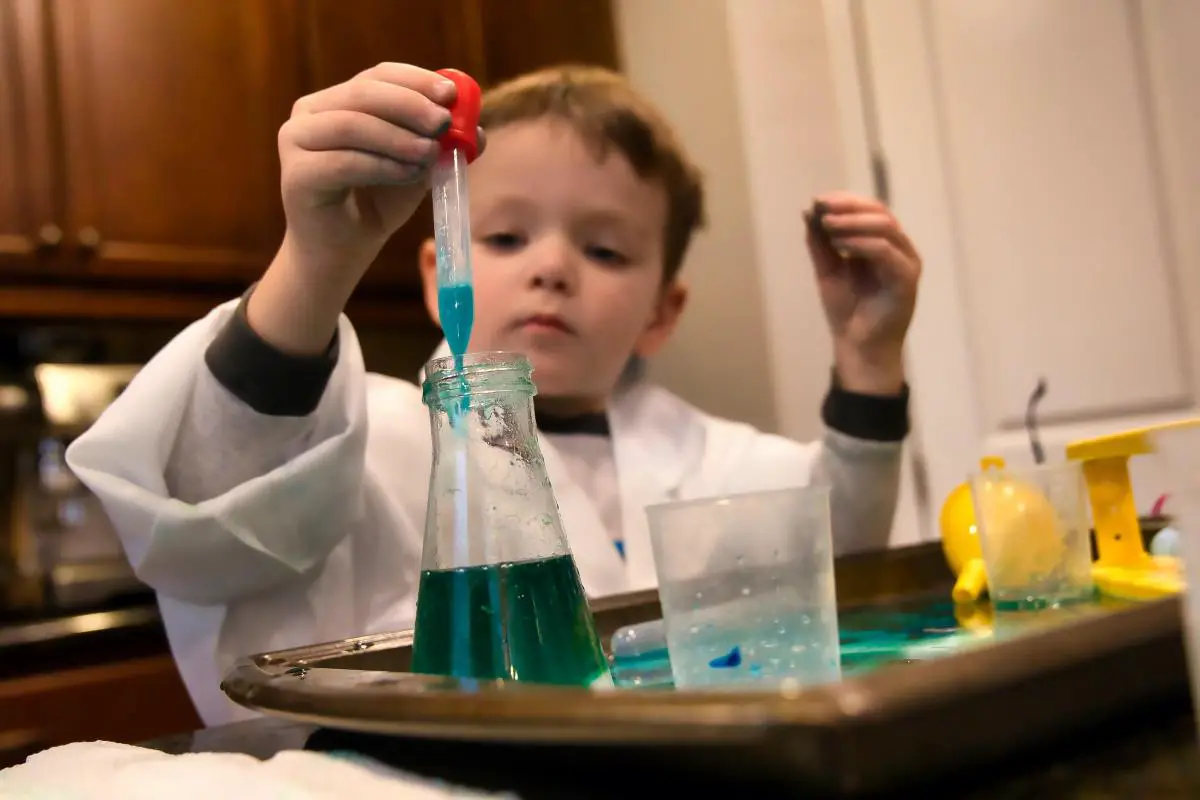
Pull An Egg Into A Bottle
Take a peeled and boiled egg and try to push it inside the bottle. Most likely, you won’t succeed – the egg won’t pass through the neck. But there is another way. Moisten a cotton swab with alcohol, light it, and place it inside the bottle. Now, place the egg on the neck of the bottle, and it will fall into the bottle itself without any effort from your side.
Perhaps this is one of the simplest homeschool science experiments dedicated to internal pressure and air combustion.
Why is this happening? Some of the air burned out in a bottle, the pressure inside became smaller, and the pressure from outside pushed the egg in.
Use A Bandage Instead Of A Lid
Let’s move on to the last item on our list dedicated to homeschool science experiments. Fill the glass with water. Cover the top of the glass with gauze or a bandage and secure it with an elastic band. Then, turn the glass over. Some of the water will remain in the glass, and the rest will be blocked by the gauze like a lid.
Why is this happening? Water doesn’t pass through a regular rag due to surface tension. A film of water has formed in the interstices of the fabric, and its force holds the contents of the glass together with the atmospheric pressure that influences it from the outside.
Make The Balls Fly
Here’s another idea for homeschool science experiments: turn on the hair dryer and place the tennis ball in the air stream. After that, it will hang in place and won’t move, even if you turn the hair dryer and blow on the ball from a different angle. You can add another ball to the flow – it will fly as well.
Why is this happening? The pressure inside the air stream is lower than the pressure outside. The pressure difference creates forces that act from all sides and hold the ball. Of course, this topic can be studied in more detail, and if you don’t have any free time, why not find yourself a professional assistant? While the best research paper writing service is completing the assignment for you, you can focus your energy on other subjects that need your attention, too. Isn’t it a win-win situation?
To Wrap It Up
Traveling offers families a unique opportunity to explore and understand the world, and with these ten homeschool science experiments, the journey becomes all the more entertaining. These practical activities are not only designed to be easy and engaging, but they also require minimal materials, making them perfect for families on the go.
Each of these activities brings science to life, allowing children to witness firsthand the marvels of the natural world, no matter where their travels take them. By integrating these experiments into their travel experiences, parents can ensure that their children’s education continues seamlessly, blending the excitement of exploration with the wonder of discovery. So, as you pack your bags for your next adventure, remember to include your scientific curiosity and these travel-friendly experiments. The world is your laboratory!






